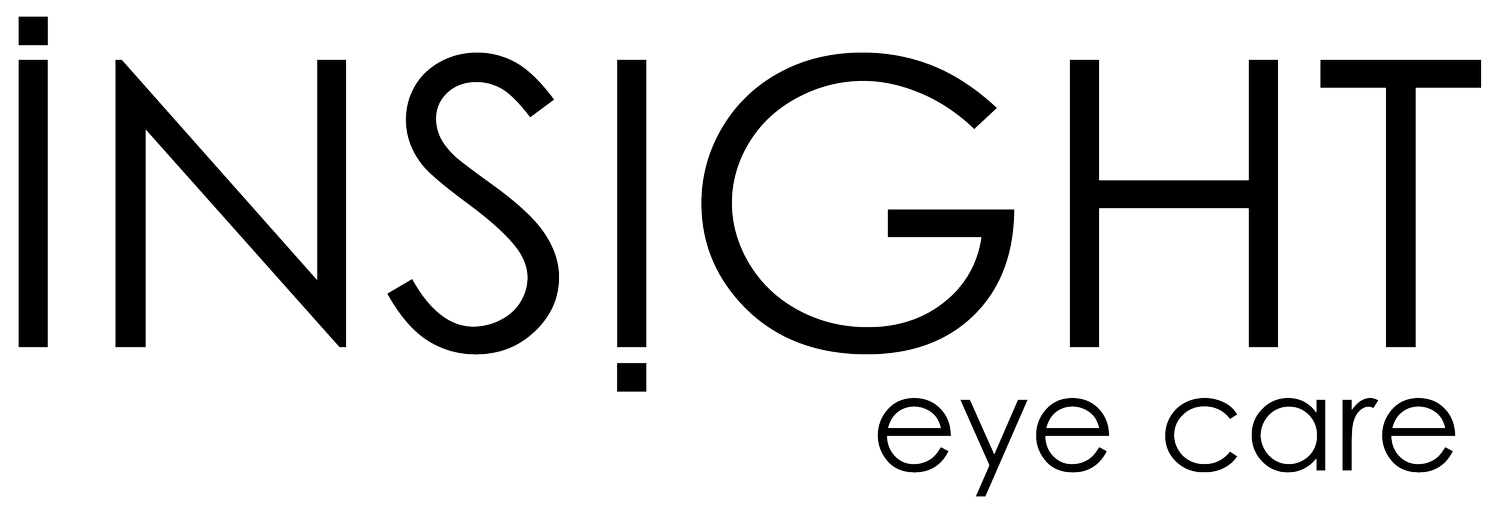Eyes On The Eclipse
DR. CAROLYN MACNEIL, B.SC., O.D.
On April 8, 2024, the path of totality of a solar eclipse will pass over certain regions of Canada. If you’re one of the lucky people who will be out viewing this natural phenomenon, make sure you're equipped with the right knowledge, stellar viewing spot and proper eye protection.
What is a solar eclipse?
A total solar eclipse occurs when the moon passes between the Sun and the Earth and temporarily blocks the face of the Sun. A total solar eclipse may be as short as 10 seconds to as long as approximately 7.5 minutes.
In Waterloo, the maximum eclipse will be visible at 15:18:22 local time when 99.34% of the Sun's surface will be covered by the Moon. It is important to remember that you must use protective solar viewing eyewear at all times if you are watching the eclipse from Waterloo Region since this area will not experience 100% coverage of the Sun.
Photo by Joseph Corl on Unsplash
Why is it harmful to directly look at an eclipse?
Looking directly at the Sun without protection for prolonged periods, even on days when there isn’t an eclipse, can lead to eye damage. UV radiation from the sun can cause accelerated aging of the outer layers of the eye, increase the risk of cataracts, cause photokeratitis, and even solar retinopathy.
The visual symptoms and impairment can be temporary or permanent, depending on the extent of damage. It is important to remember that the retina, the tissue at the back of the eye, does not have any pain receptors, so you may not even realize that you have damage until visual symptoms develop a few hours later.
The only time that you can view the eclipse without proper solar viewing filters is during the total phase, also known as totality. This occurs for just a few minutes, when it suddenly gets dark, as the Moon completely blocks the Sun’s face. Safe solar filters and glasses are required during the transition from partial to total eclipse and again as soon as the edge of the Sun starts to reappear- during the “diamond-ring effect”.
What type of symptoms would i experience?
Symptoms can vary depending on the type of damage to the eyes.
What is the difference between solar eclipse glasses and sunglasses?
Safe solar viewing glasses reduce visible sunlight to safe and comfortable levels, block all but a tiny fraction of solar radiation (UV and IR), are significantly darker than sunglasses and need to comply with the ISO international standard (ISO 12312-2).
Sunglasses, with UV400 protection, only block light rays with wavelengths up to 400 nanometers, such as UVA and UVB rays whereas safe solar viewing filters allow protection against a broader range. Safe solar viewing filters should transmit less than 0.003% of visible light (380 to 780 nm) and no more than 0.5% of near-infrared radiation (780 to 1400 nm).
If you don’t plan to donate or reuse your eclipse glasses or viewers, you can separate the protective-filter lenses from the paper/cardboard portion and dispose of the paper in your blue box for recycling. Contact your local camera store to inquire if they accept the lenses for recycling.
Don’t have access to a safe solar viewing filter? You can also use an indirect method for viewing the eclipse.
To learn more information on how to view a solar eclipse safely, please visit: NASA: Total Solar Eclipse Safety
A list of suppliers for solar eclipse glasses can be found here: Suppliers of Safe Solar Viewers & Filters
Photo by Adam Smith on Unsplash




